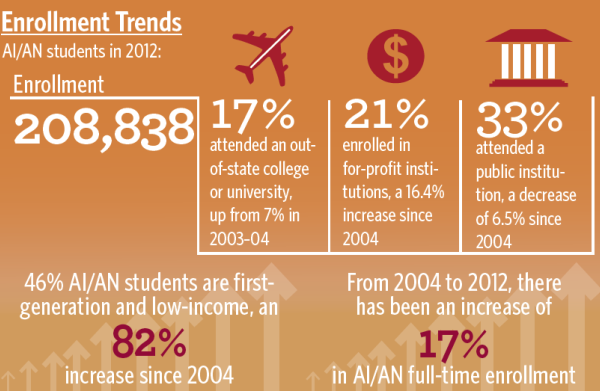New Reports Examine Pathways to a Good Job Among Today’s Young Adults
Title: The Uncertain Pathway from Youth to a Good Job
Authors: Anthony P. Carnevale, Kathryn Peltier Campbell, Ban Cheah, Artem Gulish, Michael C. Quinn, and Jeff Strohl
Source: Center on Education and the Workforce, Georgetown University
The Center on Education and the Workforce at Georgetown University recently released two reports in a series on the delayed transition to a “good job” among young adults. A good job was defined as a job paying “at least $35,000 per year and $57,000 at the median for young workers (ages 25 to 35) nationwide, with adjustments based on cost-of-living differences among states.”
The first report, How Limits to Educational Affordability, Work-Based Learning, and Career Counseling Impede Progress toward Good Jobs, explores how the pathway to a good job among today’s young adults is different from that of the previous generation.
This report found that older millennials (birth cohort between 1981 to 1985) experienced a slower transition to a good job because they needed to acquire more years of education and high-quality work experience to secure a good job compared to older baby boomers (birth cohort between 1946 to 1950). Most older millennials did not obtain a good job until their early thirties, while most older baby boomers secured good jobs in their mid twenties.
The analysis demonstrates that some work experience and postsecondary education are critical to individuals obtaining good jobs. By education level, older millennials with bachelor’s or advanced degrees were more likely to have a good job than older millennials with some college, high school, or less education.
The second report, How Racial and Gender Bias Impede Progress toward Good Jobs, further examines how persistent gaps in educational attainment and the labor market were related to gaps among demographic groups in having a good job.
According to the report, Black or Hispanic people are less likely to obtain a good job compared to White or Asian people. Here, persistent racial and ethnic gaps in educational attainment fuel the gaps in the likelihood of having a good job.
Gender also played a significant role, with women less likely to secure a good job than men. When race and ethnicity and gender were combined, Black or Hispanic women were much less likely to secure a good job than White or Asian men at all education levels. More student loan debt among Black women also made it difficult for them to accumulate wealth compared to members of other demographic groups.
The delayed transition to a good job has long-term consequences for young adults’ entire lives, including their economic well-being, financial resilience, family formation, and settlement. Based on the findings, the authors made the following recommendations:
- Pay more attention to the transition from youth to career, considering the role of education in obtaining a good job and a good job’s long-term effects on economic well-being.
- Make college education more affordable, especially for those from disadvantaged communities.
- Provide effective and data-based education and career navigation systems to help young people’s decision-making.
- Improve access to high-quality work-based learning programs for young people who pursue their education and career goals together.
- Apply an equity lens more broadly to advance diversity and racial, ethnic, and gender justice in our society and provide comprehensive support to young people “from cradle to career.”
To access the full reports, click here.
—Ji Hye (Jane) Kim
If you have any questions or comments about this blog post, please contact us.


